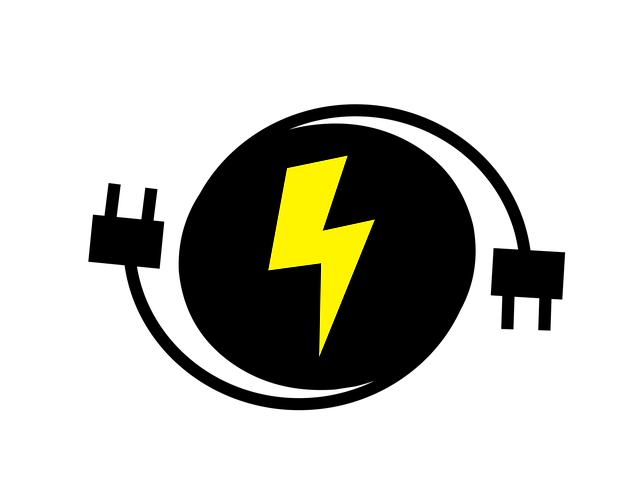
Strain reliefs offer a simple and effective way to protect electrical cables from stress-related damage. Electrical cables are often exposed to stress. The base of an electrical cable — the end where it connects to electrical equipment — may succumb to damage. If the electrical cable breaks, it may lose its conductive properties. Using strain reliefs, however, can protect electrical cables from stress-related damage.
What Is a Strain Relief?
Also known as a cable gland, a strain relief is a device that’s designed to relieve the strain or stress placed on electrical cables. Strain reliefs fit over electrical cables. Once installed, they’ll protect the electrical cables with which they are used from stress-related damage.
Strain reliefs will bear the force of the strain or stress so that the cables are protected from damage. Without a strain relief, an electrical cable may break at the base.
How Strain Reliefs Work
Strain reliefs work by providing a hard outer shell for electrical cables. Electrical cables can sustain damage when exposed to various forces. Forces such as pulling, pushing or twisting may damage electrical cables. These are the same forces that cause stress-related damage.
Electrical cables are vulnerable to stress-related damage. Pulling, pushing or twisting can break the conductors in electrical cables, in which case they may no longer transmit electricity. Strain reliefs, though, will provide a hard outer shell that relieves the strain and stress on electrical cables.
Different Types of Strain Reliefs
All strain reliefs are designed to relieve the strain or stress placed on electrical cables. There are different types of strain reliefs, however.
Some strain reliefs are essentially connectors. They are hard outer shells that run from electrical cables through electrical equipment. You can connect a strain relief to the base of an electrical cable. You can then run it through the electrical equipment.
Other strain reliefs are designed for use through holes. If you’re running an electrical cable through a hole in the wall, for example, you may want to use a strain relief. The strain relief will protect the electrical cable from pulling damage.
Strain reliefs that are designed for use through holes consist of two plastic pieces. You can snap one side of the strain relief on the cable on one side of the wall, and you can snap the other side of the strain relief on the same cable on the opposite side of the wall. These are just a few types of strain reliefs.

